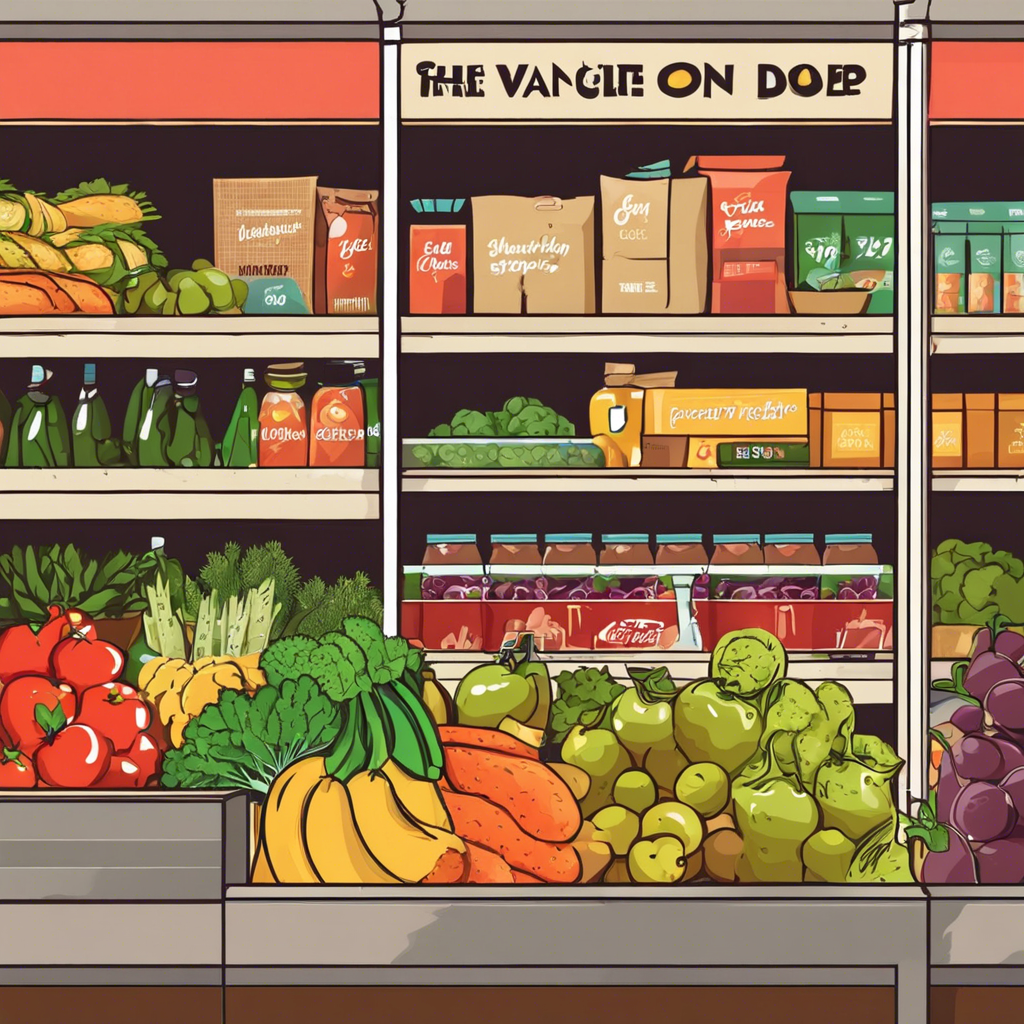Saving money on groceries is an art form, and with the right strategies, you can master it! Groceries are a necessity, but the rising costs of food can put a strain on your wallet. However, by adopting smart shopping habits, you can keep your pantry stocked without breaking the bank. The key is to be mindful, plan ahead, and adapt to the ever-changing landscape of grocery shopping. So, let’s dive into the world of savvy grocery shopping and explore tactics that will leave you with more money in your pocket.
The first step to smart shopping is understanding your spending habits. Track your grocery expenses for a month to identify patterns and areas where you can cut back. Impulse purchases are often the biggest culprits in blowing our budgets. So, create a meal plan! By planning your meals, you can generate an accurate shopping list, reducing those tempting impulse buys. There are numerous apps available that can help with meal planning and organizing shopping lists, ensuring you stick to your budget.
Coupons and discounts are your new best friends. They are easily accessible through stores’ websites, loyalty programs, or coupon-sharing communities online. Many stores now offer digital coupons, so you can save without the hassle of clipping. Look for stores that provide double coupon days, and stock up on non-perishable items when you can get a great deal. Some stores also have price-matching policies, so take advantage of these to get the best prices without running around town. It’s all about working smarter, not harder!
Store brands and generic products are often significantly cheaper than their branded counterparts. But don’t be fooled into thinking that cheaper means inferior quality. In many cases, the products are identical or extremely similar, just with different packaging. So, give them a try! You might be surprised at how much you can save by switching to store brands for certain items. It’s a simple way to cut costs without compromising on the items you need.
Bulk buying and stocking up on non-perishable items when they are on sale can significantly reduce your overall grocery bill. This strategy works particularly well for households with larger families or those with ample storage space. However, even smaller households can benefit from buying in bulk for items with a long shelf life. Just be mindful of perishable items and only buy in bulk if you are confident you can use them before they spoil.
Perfectly good food often ends up in the trash because it doesn’t look ‘perfect.’ Embrace wonky fruit and vegetables that are often cheaper because of their odd shapes or sizes. Also, consider shopping at discount grocers, who sell food that is past its ‘best before’ date, or surplus stock, at a fraction of the price. You can also save money by reducing food waste. Properly store your produce to increase its lifespan, and get creative with leftovers to make delicious, budget-friendly meals.
Meat and dairy can be expensive, so consider alternatives. Plant-based proteins, like beans and lentils, are usually cheaper and have a long shelf life. Also, look for cheaper cuts of meat and get to know your local butcher, who may offer better prices than supermarkets. You can also save by reducing your meat consumption and trying ‘Meatless Mondays,’ embracing vegetarian meals once or twice a week.
Finally, don’t forget to treat yourself occasionally. The key is moderation. If you love a good cup of specialty coffee, indulge now and then, but make it a treat rather than a daily habit. The same goes for eating out at restaurants. Limit it to special occasions, and you’ll find you appreciate it even more. So, there you have it! Smart shopping is about being mindful, planning, and adapting. By following these strategies, you’ll be well on your way to saving money on groceries and giving your wallet some much-needed relief. Happy shopping!
